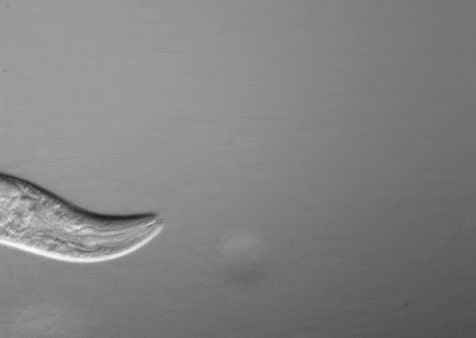Welcome to Liu Lab

“We use Caenorhabditis elegans as a model organism to study the nervous system”

Studying Caenorhabditis elegans as a starting point to understand human brain
Animals interact with a constantly changing environment and must adapt their behavior accordingly to survive. How does a nervous system make sense of the outside world to generate appropriate behavioral output? In particular, how are external and internal stimuli encoded into patterns of neuronal activities and computed at the neuronal, circuit and system levels? We are interested in understanding these fundamental questions using the nematode worm Caenorhabditis elegans as a model organism. C. elegans is a powerful genetic model with an anatomically small and well-defined nervous system that enables unraveling the entire circuitry with single cell resolution. Through a combination of electrophysiology, in vivo calcium imaging and behavioral analysis, we aim to match single-neuron biophysics to their intrinsic computational functions and emergent circuit properties. Biophysical and molecular mechanisms underlying neuronal function and mathematical algorithms used by neural computation are often conserved between species through evolution. We believe that the knowledge gained from the worm will help us understand more complex nervous systems like the human brain.